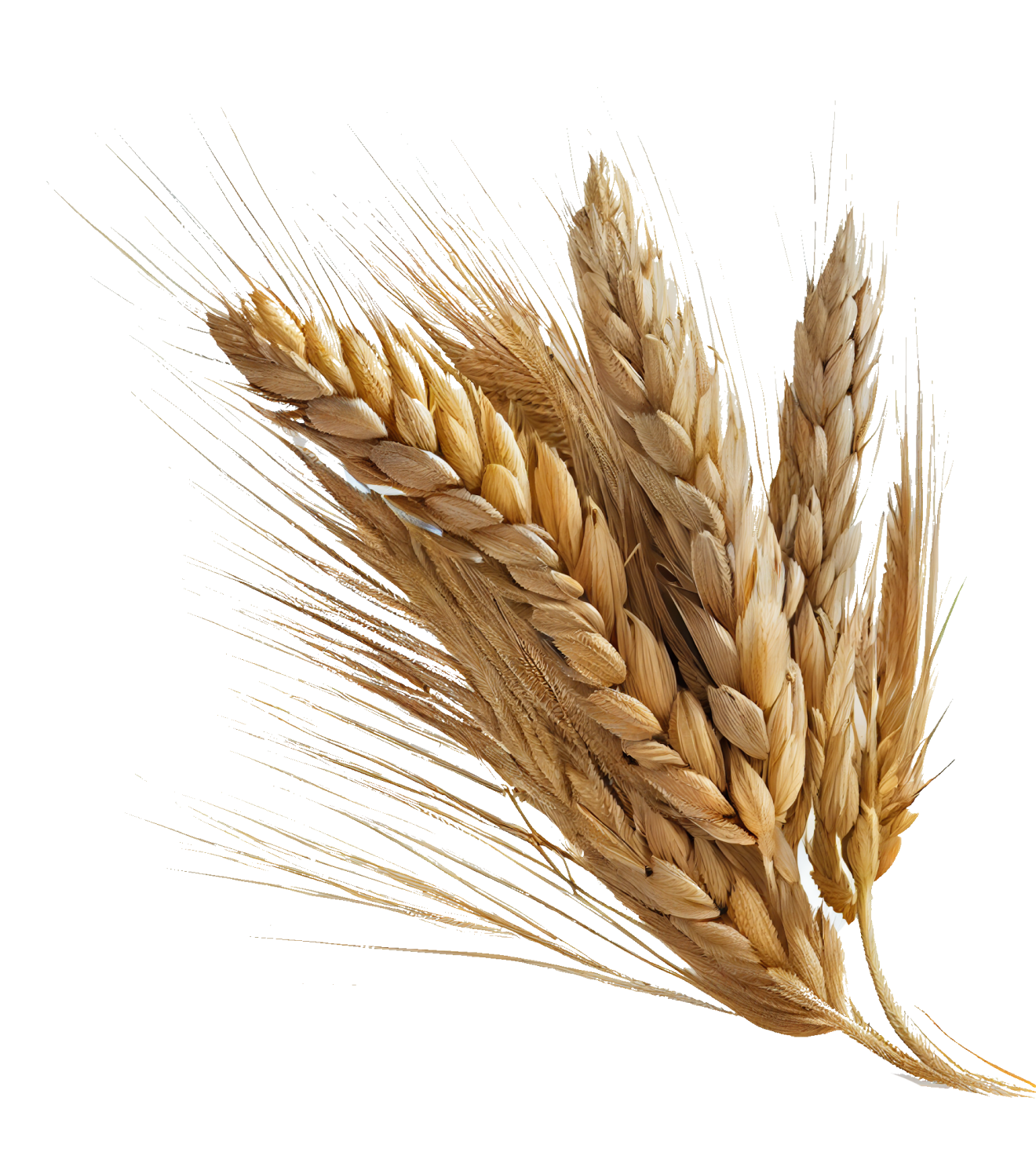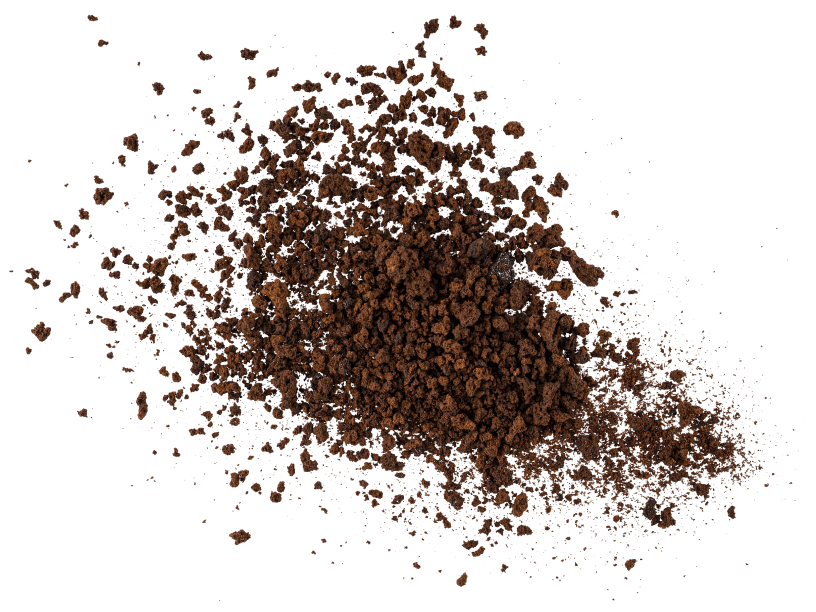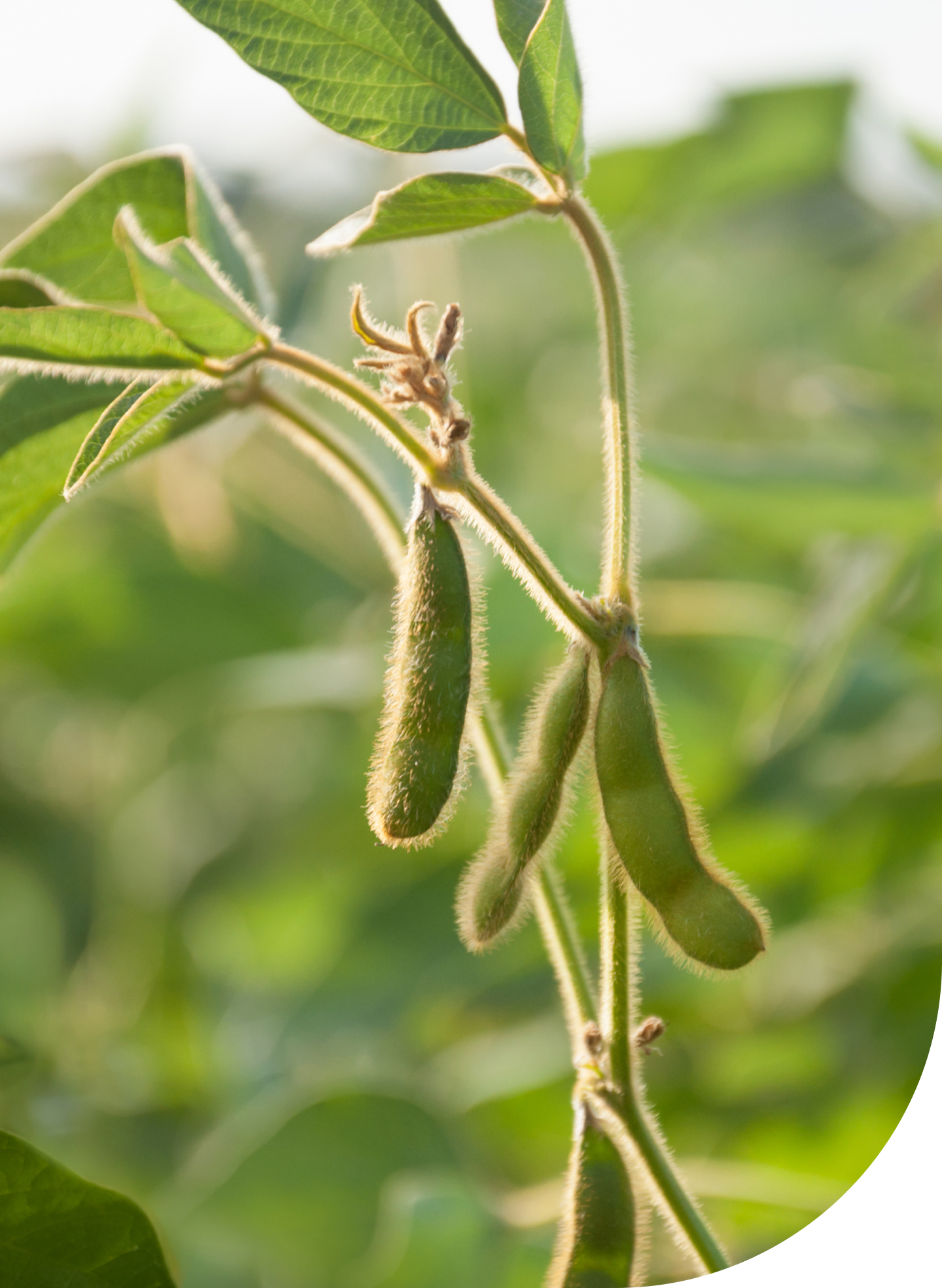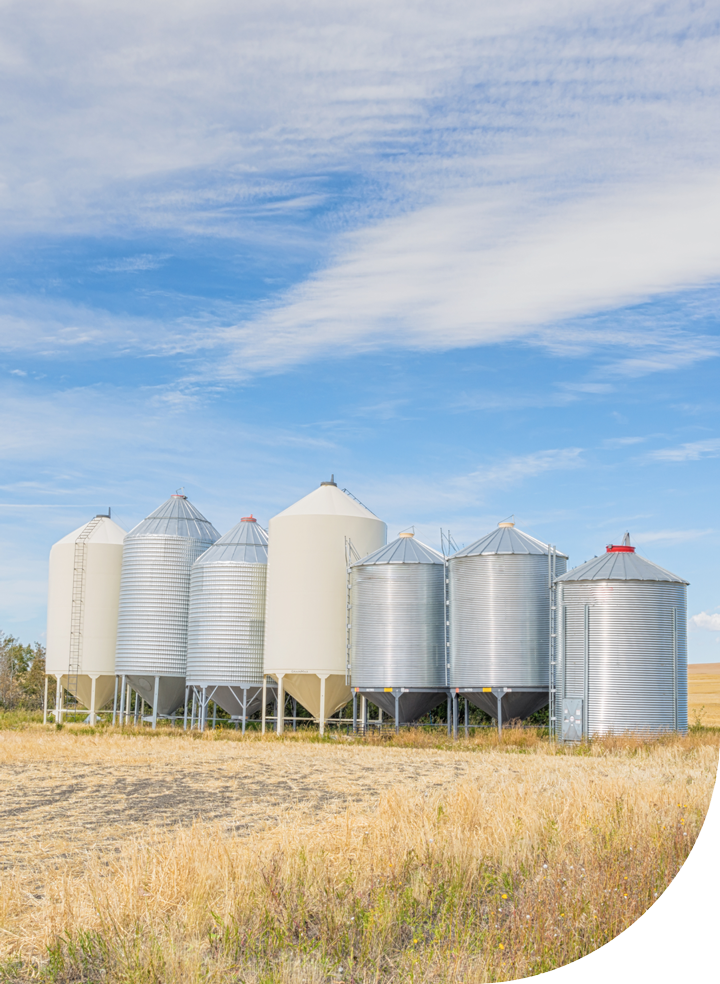Report:
A Future Without
Glyphosate
Assessing the impacts and costs to agriculture and the environment
What you need to know
While markets would adapt to a world without glyphosate, it would be a substantial economic cost to farmers and cause the rapid release of greenhouse gases, reversing decades of conservation and sustainability gains.
Ongoing public debate about glyphosate has led some to question what the impacts would be if it were no longer available.
The report "A Future Without Glyphosate" leverages multiple research and analytical methods, including open-source research, economic modeling, subject-matter expert interviews, and military wargaming techniques to understand the complexities of glyphosate’s impact on agriculture and outline what the future could look like without it.
Glyphosate Today
Glyphosate is the most widely used herbicide in the United States—used on an average of 87% of corn, soybean, and cotton acres. It has proven to be an effective, cost-efficient weed control tool that’s enabled farmers to add conservation practices like no-till and cover crops—which reduce fuel use and CO2 emissions—to millions of additional acres year after year.

Adding another 53.4 million
farm acres under these conservation practices
has helped secure:

13%(70 million tons)
reduction water soil erosion

16%(94 million tons)
reduction wind soil erosion

22%(70 million tons)
reduction sediment loss

1.2 million tons
fewer C02 equivalent emissions from farm machinery, as reduced tilage results in less fuel use.
32.495 million tons
per year of additional C02 equivalent captured by farmland soil, as minimizing soil disturbance and maintaining crop residues helps store carbon.
The total farm-level effect equals
the effect of offsetting the yearly emissions from:

5.95 million
homes electricity use for a year

36.48 Million
acres of forest for a year

6.8 million
gas-driven cars for a year
Get access to the full report
Learn More
A future without glyphosate
If glyphosate were no longer available, U.S. farmers would bear the burden of increased input and operating costs, with small farmers disproportionately affected.
Further analysis reveals a cascading chain of likely higher-order effects and unintended consequences, the most impactful being the rapid release of additional greenhouse gasses and the reversal of decades of conservation and sustainability gains.
Main Impacts
of a future
without
glyphosate
Farmers' profits fall as labor costs rise and they turn to more expensive glyphosate alternatives
Use of alternatives would represent a 2-2.5X increase in cost/acre while switching to tillage could increase production costs by $1.9B+
Small farmers are hit the hardest by decreased profits
Costs to consumers rise as food prices experience marginal, inflationary pressures
CO2 emissions and fuel use increases
our conclusion
Eliminating glyphosate as an agricultural tool would lead to an increase in soil tillage for weed control, increasing farmers’ costs, decreasing soil carbon capture, and increasing emissions from additional fuel use.